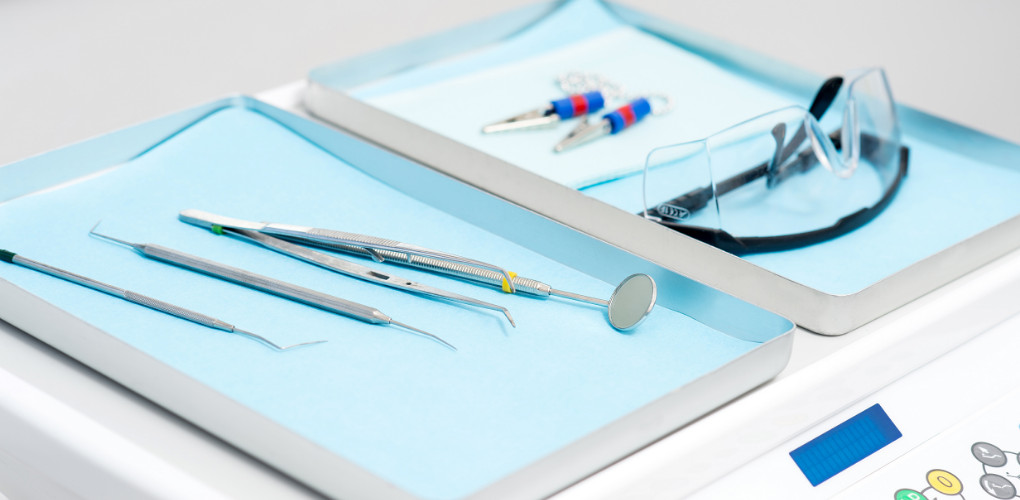
Since the beginning of the COVID-19 pandemic, we have weighed the risk of going anywhere and everywhere. Unfortunately for dentists, dental practices were initially assumed to be a particularly risky location. After all, dentists work in patients’ mouths, patients can’t wear a mask during dental treatment and we’ve come to understand that SARS-CoV-2 is present in the mouth.
However, recent research found that dental procedures during COVID-19 are not much riskier than taking a drink of water.
Researchers from Ohio State University analyzed the genetic makeup of the aerosols and droplets around a dental practice. The resulting paper, “Sources of SARS-CoV-2 and Other Microorganisms in Dental Aerosols” by A.P. Meethill et al., was published in the Journal of Dental Research in July.
Aerosols, or spray, are produced during a range of dental procedures. That spray can be carried through the air to land on surfaces, equipment or personnel around the room. The Ohio State researchers wanted to know: Is saliva present in the spray produced during a procedure?
The researchers found that the main source of the spray around the room is the watery solution from irrigation tools, not saliva. Even in asymptomatic patients with low levels of the virus present in their saliva, there was no sign of coronavirus in the aerosol. Any bacteria that were found in the aerosols around the room originated from water or the environment, which can closely resemble bacteria from the mouth.
“Getting your teeth cleaned does not increase your risk for COVID-19 infection any more than drinking a glass of water from the dentist’s office does,” said lead author Purnima Kumar, professor of periodontology at Ohio State.
People who work in dental offices are at the front lines of the pandemic. The results from the study should assure dentists and dental professionals that going to work does not put them at a huge risk, especially if they are vaccinated against COVID-19.
“These findings should help us open up our practices, make ourselves feel safe about our environment and, for patients, get their oral and dental problems treated,” Kumar said. “There is so much evidence emerging that if you have poor oral health, you are more susceptible to COVID.”
The study included 28 people who received dental treatment in the College of Dentistry of The Ohio State University between May 4 and July 10, 2020.
In a previous blog post titled “Changes to Drills can Reduce the Spread of COVID-19 in Dental Practices,” we discussed the risk of spreading aerosols during dental work. A study found that faster drill speeds can spread aerosols more quickly and widely. What’s important is that the study looked at aerosol production as a whole and didn’t look at the content of those droplets. The Ohio State study shows that those droplets do not contain saliva, regardless of drill speed.
The findings that dental offices are low-risk are in line with the low rate of COVID-19 infection among dentists during the pandemic. By November 2020, only 2.6% of dentists had contracted the virus, according to the American Dental Association.
Dentists are reminded to visit the New York State Dental Association website for up-to-date information on NYS Health Law alerts and more. MLMIC also encourages dental providers to monitor all COVID-19-related updates on our resources page and to continue to consult our blog. Follow us on LinkedIn and Twitter for the latest news.
Stay up to date on industry news and trends.
Sign up for Dental Impressions.
Thanks for signing up – you should start to receive MLMIC’s Dental Impressions soon!
Sorry
There was a problem submitting the form, please reload the page and try again.



